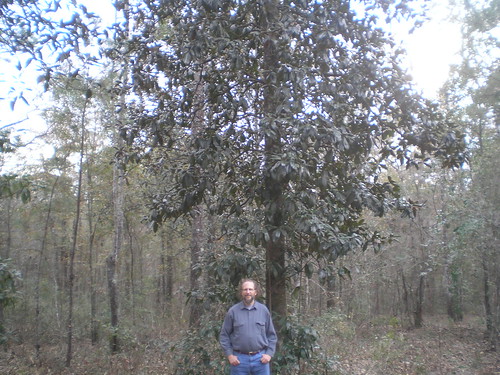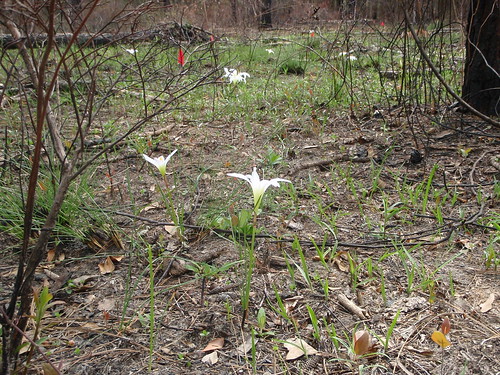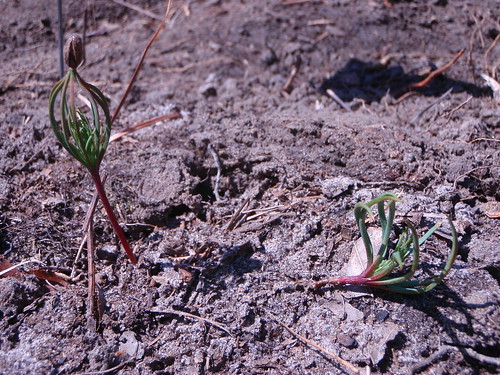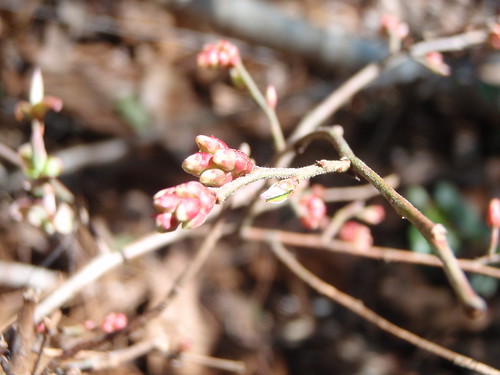 Some of you may remember my aunt, Elsie Quarterman, born in Valdosta,
played basketball for Hahira High School:
Some of you may remember my aunt, Elsie Quarterman, born in Valdosta,
played basketball for Hahira High School:
At 99 years old she won’t be outwalking everybody like she used to, but she will be there. Road trip to Lebanon, Tennessee? Y’all come!Cedars of Lebanon State Park will host its annual Elsie Quarterman Cedar Glade Wildflower Festival April 30 – May 1. Held in partnership with The Center for Cedar Glade Studies of Middle Tennessee State University, this event will offer visitors an opportunity to learn more about the area through seminars, guided nature walks, exhibits, guest speakers and naturalist displays. All events are free and open to the public.
“We are honored to be hosting this 33rd annual event and excited about the roster of experts on hand during this two-day festival,” said Park Ranger and Naturalist Wayne Ingram. “We have numerous activities and educational opportunities planned for all ages and encourage everyone to join us – rain or shine.”
Dr. Elsie Quarterman was professor Emeritus of Vanderbilt University and pioneered cedar glade research in the early 1950s. Coupled with her extensive research at this site, Dr. Quarterman has been an advocate for natural area protection throughout her distinguished career. Her efforts helped Tennessee in 1971 become one of the first states to pass legislation to protect natural areas in the U.S.
Echinacea tennesseensis, the Tennessee coneflower, thought to be extinct until Elsie rediscovered it: Continue reading










